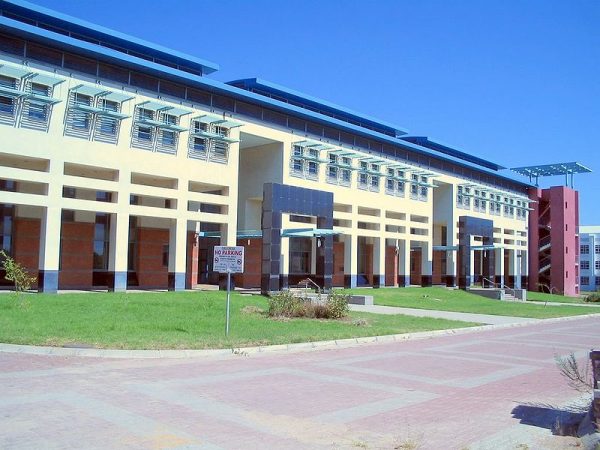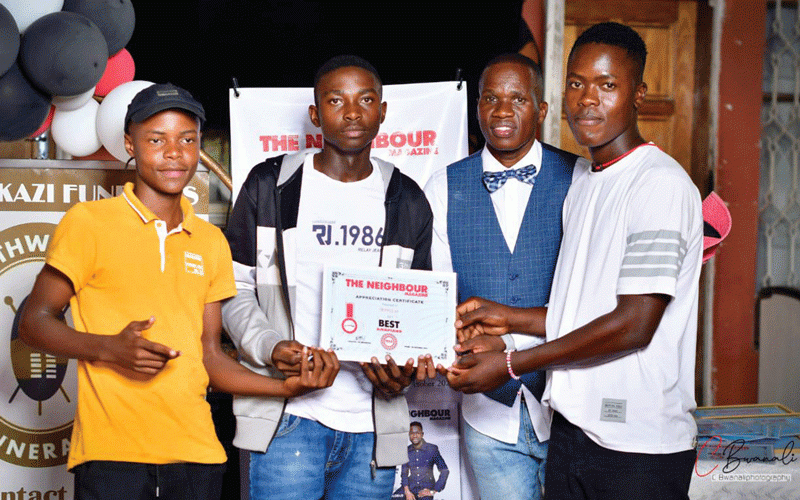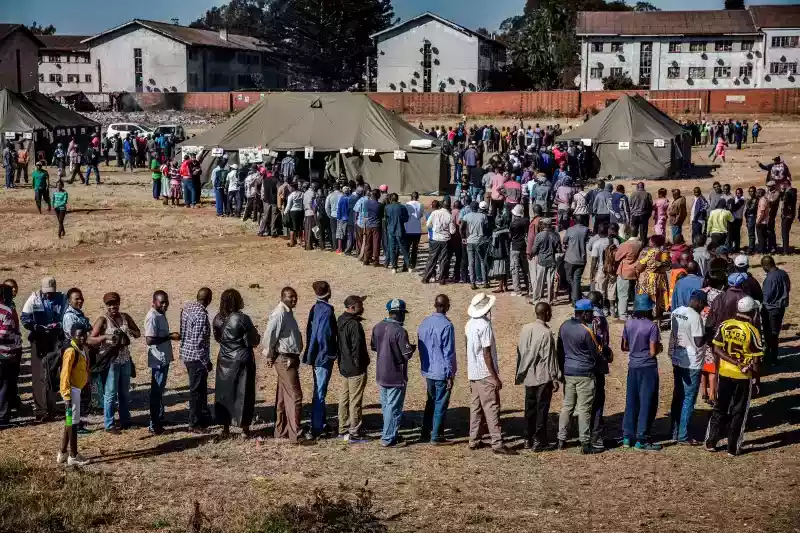
BY PATRICIA SIBANDA
EKUSILENI Hospital in Bulawayo, which is currently being used as a COVID-19 facility, will become a National University of Science and Technology (NUST) specialist teaching centre when the coronavirus curve flattens.
The chief executive of the hospital Absolom Dube revealed this last Friday during a tour by a ministerial taskforce to assess the health institution and progress made in operationalising the facility which had been lying idle for a long time.
Dube told journalists that the government had already decided on what the hospital would be after the pandemic.
“On the issue of what the hospital will become after COVID-19, I can say the Cabinet has already approved that NUST is going to take over and use it as a specialist teaching hospital,” Dube said.
“We are working towards mobilising resources so that by November 30, the hospital is fully functional.
We feel it is possible because we have some funds that we have been pushing for,” he said.
Bulawayo Provincial Affairs minister Judith Ncube hailed COVID-19 frontline workers for a sterling job despite the dangers of the pandemic. She said more beds were needed in order to ensure the hospital facilities can adequately cater for COVID-19 patients.
- Chamisa under fire over US$120K donation
- Mavhunga puts DeMbare into Chibuku quarterfinals
- Pension funds bet on Cabora Bassa oilfields
- Councils defy govt fire tender directive
Keep Reading
“Our wish as a government is that if we happen to get a patient with COVID-19, that person should be well treated, well received, and well taken care of, and we are doing our level best in Ekusileni, United Bulawayo Hospital and Thorngrove Hospital to treat patients,” Ncube said.
Initially, the government had promised that Ekusileni Medical Centre would be opened by the end of June for the first time in nearly 20 years after its closure due to obsolete equipment, in order to make it a coronavirus treatment centre.
The hospital is believed to be the brainchild of the late former Vice President Joshua Nkomo and it currently operates at only 25% of its capacity.











